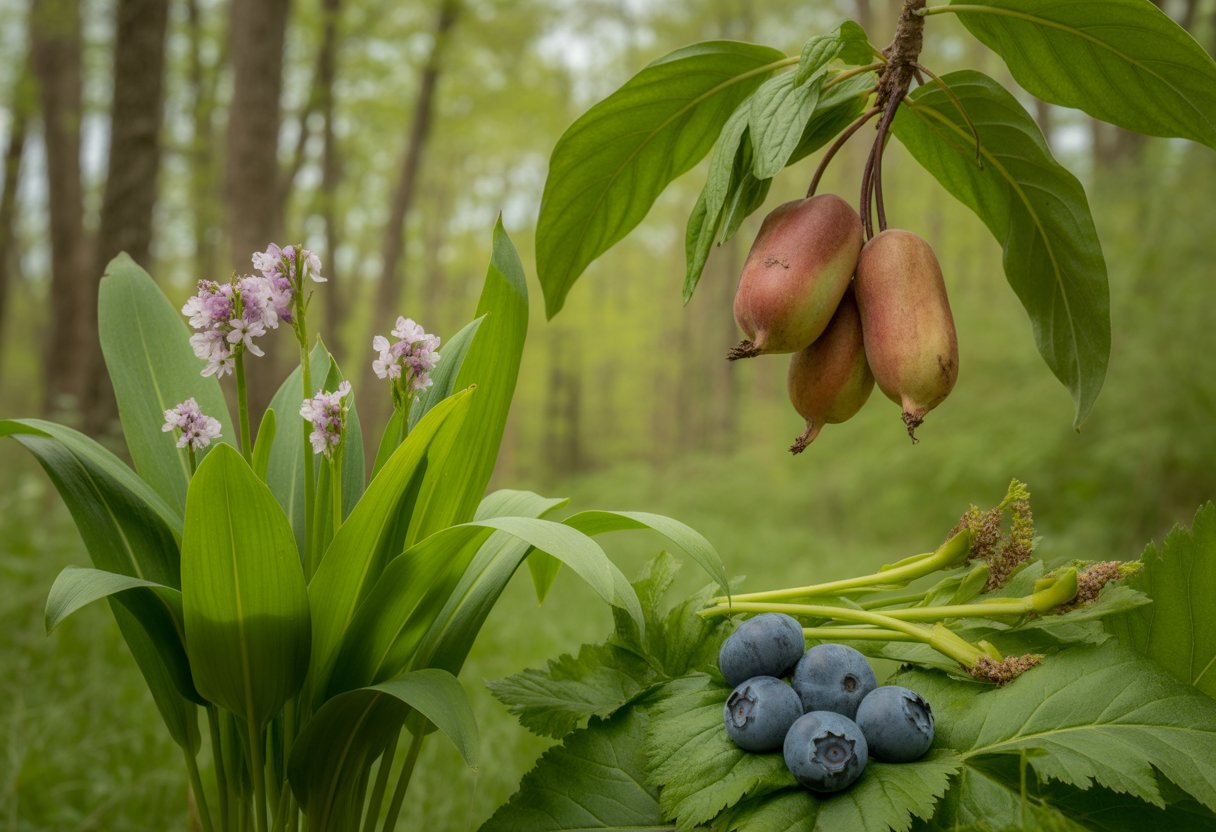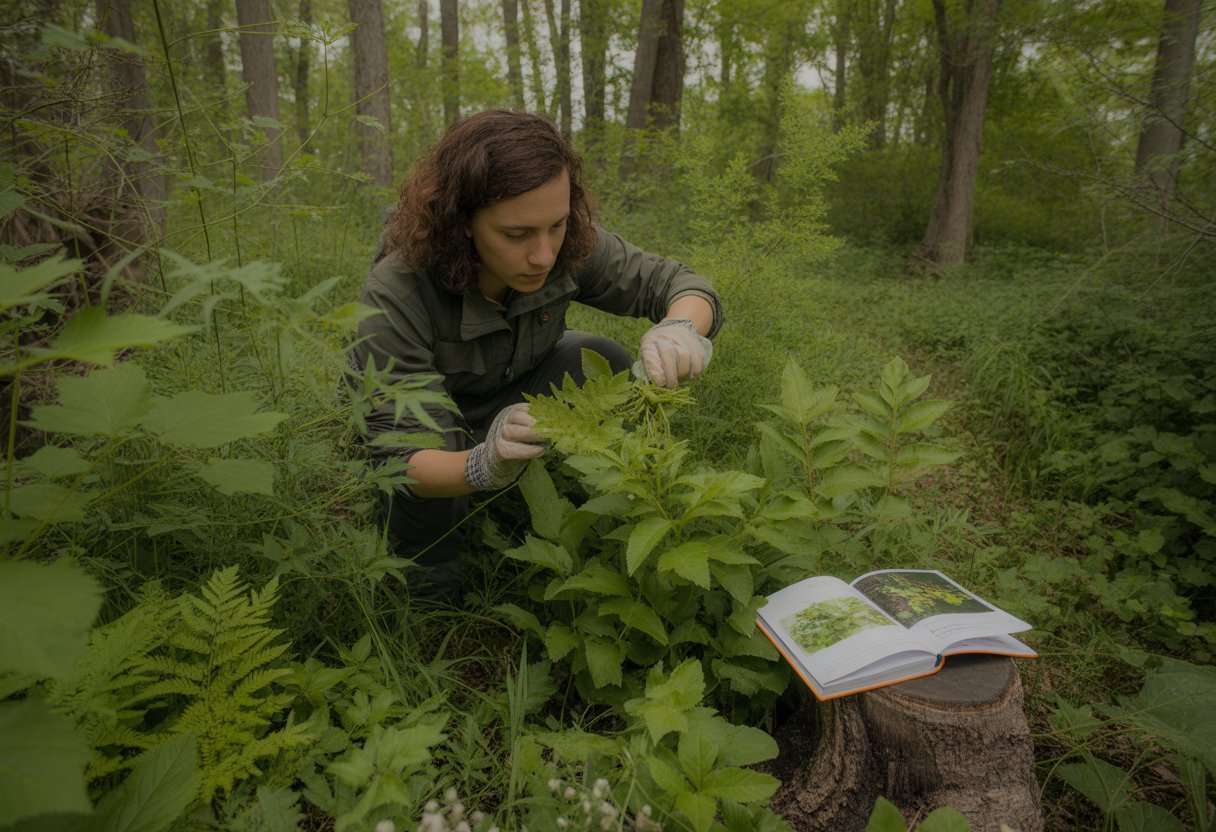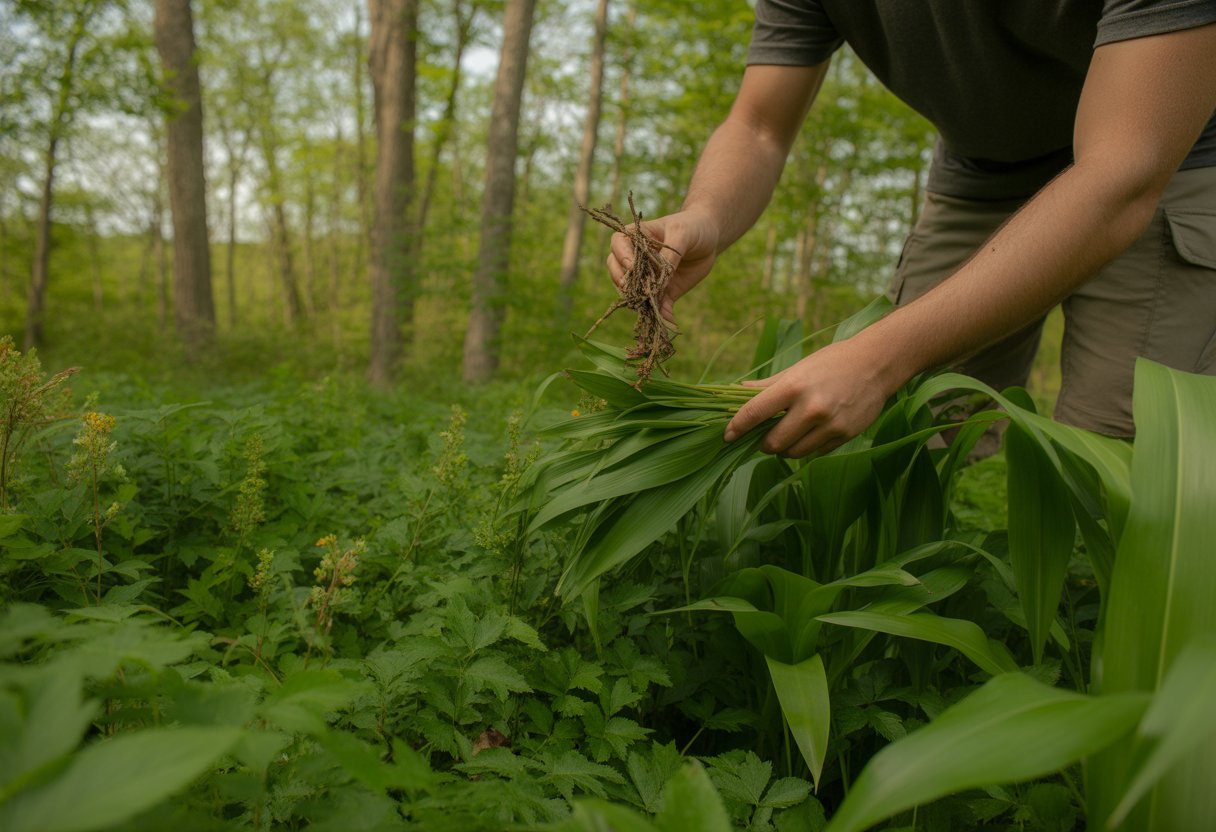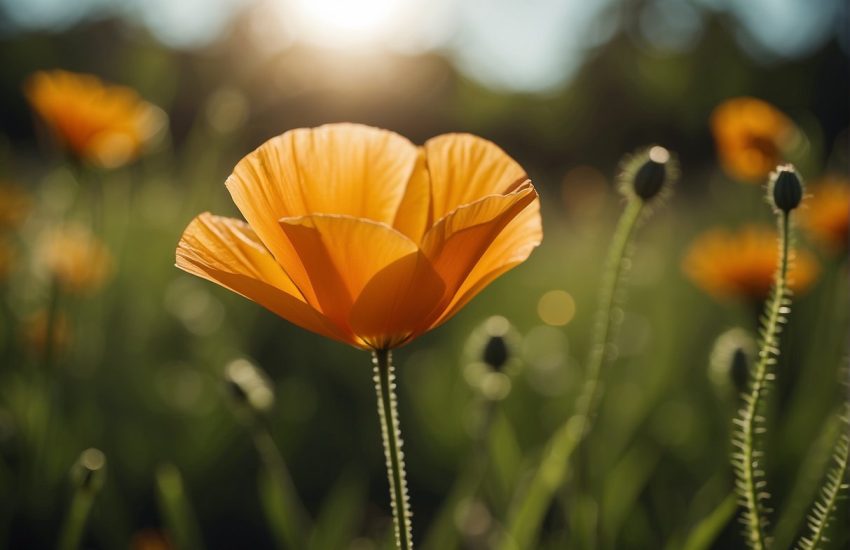Edible Native Plants Pennsylvania: Identifying and Foraging Local Wild Foods
Edible native plants in Pennsylvania? They’re an underrated resource for foragers, gardeners, and honestly, anyone curious about eating a little more sustainably. Many of these wild plants have been safe, tasty, and nutritious options for centuries—just ask the Indigenous peoples and early settlers.
You’ll spot these plants all over Pennsylvania’s forests, fields, and wetlands. They’re just waiting to be discovered.

Some of the more famous edible natives? Ramps, pawpaw, and wild leeks—they love Pennsylvania’s varied habitats. When you learn to identify these plants, you open up a world of local flavors and a deeper connection to the land.
Knowing which wild plants you can eat (and where they hide) makes foraging safer and more fun. It also highlights why it’s worth protecting Pennsylvania’s native flora.
Overview of Edible Native Plants in Pennsylvania
Pennsylvania’s got a surprising variety of edible native plants. They grow in all sorts of places—woods, meadows, even right along the water.
If you know their quirks and where they like to grow, you can safely forage these wild foods.
Defining Native and Edible Wild Plants
Native plants in Pennsylvania? Those are the ones that have always grown here, long before people started moving things around. Edible wild plants are just native species with parts (leaves, roots, fruits, seeds) you can actually eat.
Think ramps (Allium tricoccum), serviceberries (Amelanchier spp.), and pawpaw (Asimina triloba). You’ll find them in forests, meadows, and by streams, doing their own thing.
To safely pick and eat them, you’ve got to know their features—especially since some have dangerous lookalikes. And timing matters, too; some are only around for a short season.
Common Habitats for Native Edible Species
Most edible native plants in Pennsylvania like forests, wetlands, and open fields. Wild leeks (ramps) and mayapples (Podophyllum peltatum) love rich, damp forest soils.
If you wander upland woods, you might stumble on black walnuts (Juglans nigra) or hickory nuts. Wetlands and stream banks are good for wild grapes and elderberries.
Open meadows and the edges of woods? That’s where you’ll often see lamb’s quarters (Chenopodium album) and chicory (Cichorium intybus). Where a plant grows depends a lot on soil, moisture, and sunlight—nature’s little recipe.
Popular Edible Native Plants
Pennsylvania’s native plants offer more than just pretty scenery. Some are wildflowers and herbs, others are fruit shrubs or even so-called weeds that pop up everywhere.
Each one brings something different to the table—literally and culturally.
Iconic Wildflowers and Herbs
A few wildflowers in Pennsylvania are both edible and useful. Echinacea purpurea (purple coneflower) roots and petals often end up in teas. Goldenrod flowers? They make a mild, almost sweet tea, and some folks swear by it for natural remedies.
Wild bergamot (Monarda fistulosa) has a strong, minty flavor—great for fresh or dried teas. Jewelkweed seeds and shoots are edible when cooked, but it’s best to handle them with care since the plant can irritate skin.
People usually pick these herbs and flowers in late spring or summer, when they’re at their best.
Fruit-Bearing Species: Blueberries and More
Wild blueberries (Vaccinium angustifolium) are a classic Pennsylvania treat. They thrive in acidic, well-drained soil and ripen mid to late summer.
Serviceberries (Amelanchier spp.) look and taste a bit like blueberries, and they’re just as versatile. Blackberries and raspberries, also native here, offer sweet, vitamin-packed berries from midsummer to early fall.
You’ll find these fruits along woodland edges, in fields, and in disturbed spots. Foragers and gardeners love how easy they are to spot and pick.
Edible Weeds and Greens
Pennsylvania’s full of edible weeds if you know what to look for. Dandelion leaves and flowers are packed with nutrients and can be eaten raw or cooked.
Lamb’s quarters (Chenopodium album) tastes a bit like spinach and is loaded with vitamins. Purslane brings omega-3s to the table and works well fresh or cooked.
Chickweed grows like crazy in shady, moist spots and makes a great wild green. These plants are everywhere and super handy for anyone into wild harvesting.
Foraging and Safe Identification

If you want to harvest edible native plants in Pennsylvania, you need to know how to do it safely. It’s not just about finding the right plant; it’s about respecting nature and avoiding mistakes.
Local rules, plant ID, and knowing what’s risky all matter for a good foraging trip.
Best Practices for Foraging in Pennsylvania
Before you pick anything, check the rules—some parks or preserves don’t allow foraging, or they might limit it to protect the habitat. Take what you’ll use, and leave plenty for wildlife and regrowth.
Use a sharp knife or scissors so you don’t damage the plant or its neighbors. Gloves and long sleeves? Not a bad idea, especially with bugs and prickly plants.
A field guide focused on Pennsylvania natives makes identification easier on the go. Stick to clean areas—avoid roadsides or spots that might be sprayed with chemicals.
Distinguishing Edible Plants from Toxic Look-Alikes
Some edible plants have dangerous twins. Wild ginger, for example, looks a lot like Jack-in-the-pulpit, which is toxic. You have to check details like leaf shape, flower structure, and how the plant grows.
A good field guide or a digital app with clear photos can help you compare things like leaf veins or stem texture. If you’re not sure what you’ve found, don’t eat it.
Even after you’re confident, it’s smart to try just a tiny bit first. But honestly, nothing replaces solid plant knowledge.
Cultivating and Using Edible Native Plants

Growing edible native plants in Pennsylvania isn’t too complicated if you give them what they like. Seeds or cuttings from a reputable nursery usually work best.
Once you’ve got them going, these plants can show up in all sorts of recipes and make your garden or landscape more interesting.
Propagation Tips and Native Plant Nurseries
Start propagation with seed stratification—that’s just mimicking winter so seeds sprout better. Pawpaw and wild ginger often do better if you use root cuttings or transplants.
Octoraro Native Plant Nursery is a good spot for locally adapted natives. Buying from them can make things easier, since their plants already know the local climate and soil.
Get the soil right—most natives want well-drained dirt with some organic matter. Skip the chemical fertilizers, since they can mess with the natural soil life. Water regularly during the first year to help roots settle in.
Incorporating Edible Natives into Recipes
Ramps, elderberries, and serviceberries are all native to Pennsylvania and work in a bunch of recipes. Sauté ramps with garlic, toss them in eggs, or just enjoy their strong, oniony flavor.
Cook elderberries before eating—they need it to get rid of toxins. They’re great in jams, syrups, or pies. Serviceberries? Eat them fresh or bake them into muffins and salads.
Cooking with these plants is a fun way to eat local and get creative. Their flavors are unique, and using them connects you with the seasons and the land around you.
Benefits for Agriculture and Landscaping
Incorporating edible native plants helps make agriculture more sustainable. You don’t need as much irrigation or fertilizer, which is a relief for anyone tired of constant upkeep.
These plants already know how to handle Pennsylvania’s climate. Fewer pests and diseases show up, which is a nice bonus.
When you use natives in landscaping, you start seeing more pollinators and wildlife around. Biodiversity gets a real boost.
They also help keep soil in place and improve its health, which isn’t something you always notice until it’s gone.
Adding edible natives to farms and gardens can shake up your crop selection. It’s a small step toward building resilience against unpredictable weather.
People seem more interested in ecological stewardship and food security lately, and honestly, who can blame them?


